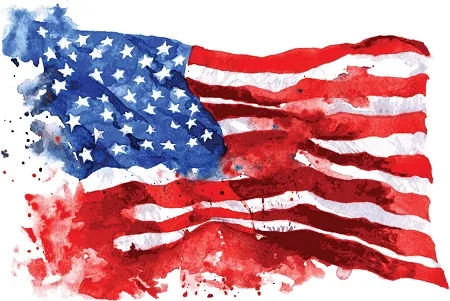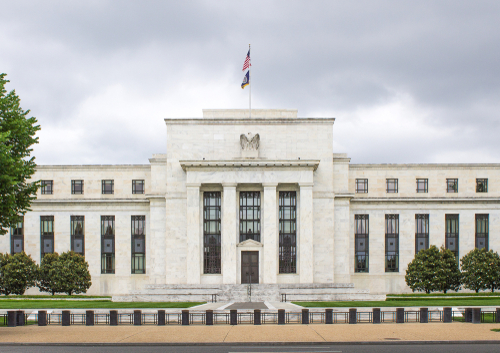Far too often we quickly forget history – even recent events of just a few years ago. It was on April 27, 2010 during the Senate’s permanent subcommittee on investigating Wall Street’s latest crisis, that the most memorable moment burst onto the scene. Democratic Senator Carl Levin of Michigan held up an e-mail that had been written almost 3-years before by two of Goldman Sachs’s most senior traders. The dramatic event emerged as the e-mail described a Goldman CDO (collateralized-debt obligation) as “one shitty deal.” Loyd Blankfein was testifying. Levin interrogated him demanding to know if it was ethical for Goldman to sell a security that its traders thought was crap in the face of the fact that Goldman, as a principal, was betting against the success of that security.
Blankfein was noticeably uncomfortable, yet defended Goldman’s conduct replying “In the context of market-making, that is not a conflict. What the clients are buying, or customers are buying, is—they are buying an exposure. The thing that we are selling to them is supposed to give them the risk they want.” Blankfein was stating that it did not matter what Goldman thought of a deal. Clients “are not coming to us to represent what our views are.” On the one hand, Blankfein was correct. If a clients say buy gold when it is falling it is not their job to ask are you covering shorts or going long. However, when Goldman is designing the instrument, a different perspective emerges – they know what is inside and the transaction has a whole other connotation.
Levin indeed had dug through the 900 pages of additional Goldman documents that were released that same day. Another 3-year-old e-mail popped-out. This was written by Craig Broderick, who was Goldman’s chief risk officer and a top player in the firm relied upon by Blankfein. The Broderick Memo of May 11, 2007, as it became known, revealed that Goldman planned to keep the firm in the profitable while many other banks went down the tubes by marking-down the prices on its portfolio of CDOs and synthetic CDOs. Short the market first and then mark-down the products forcing others to do the same. It was a brilliant scheme. The ultimate inside trade.
The Broderick Memo stated that marking down the valuation of the products they sold “will potentially have a big [p&l] impact on us, but also to our clients. … We need to survey our clients and take a shot at determining the most vulnerable clients, knock on implications, etc. This is getting lots of 30th floor attention right now.” In other words, look at what client have in their portfolios and trade against them.
Goldman was net-short the mortgage market by May 2007 and such a mark-down would be profitable to the firm and devastating to the marketplace. Goldman’s decision to mark-down the CDOs aggressively, indeed set off a chain reaction of events that led to the failure of Lehman and Bear. Goldman’s most profitable year to date was 2007 posting earnings of $17.6 billion pretax.
The crisis that will erupt once again is going to emerge from this grey area. If you are a hedge fund you are paid to trade with other people’s money and the bulk of the profits and losses flow to them.
Next we have Investment Bankers who were supposed to bring companies to market and provide facilities to trade. This does present a grey area for you create products and facilitate trading. This gives you inside knowledge as to people’s positions and when you then engage in proprietary trading, the ethical line becomes blurred. Your clients become your targets.
The real crisis emerges when the scheme of Investment Banking and proprietary trading then moves into the Commercial Banking realm. Blending the proprietary trading and Investment Banking with Commercial Banking opens the door for catastrophic meltdowns because the Commercial Banking is the cornerstone of the economy providing loans to business and they facilitate the velocity of money. When proprietary trading is merged with Commercial Banking, then the entire system is placed at risk. This was the importance of Glass-Steagall wisely separating each aspect. We cannot allow the Investment Banking culture to dominate the Commercial Banking field. This MUST be severed or the next crisis will be twice as bad as the last one.










